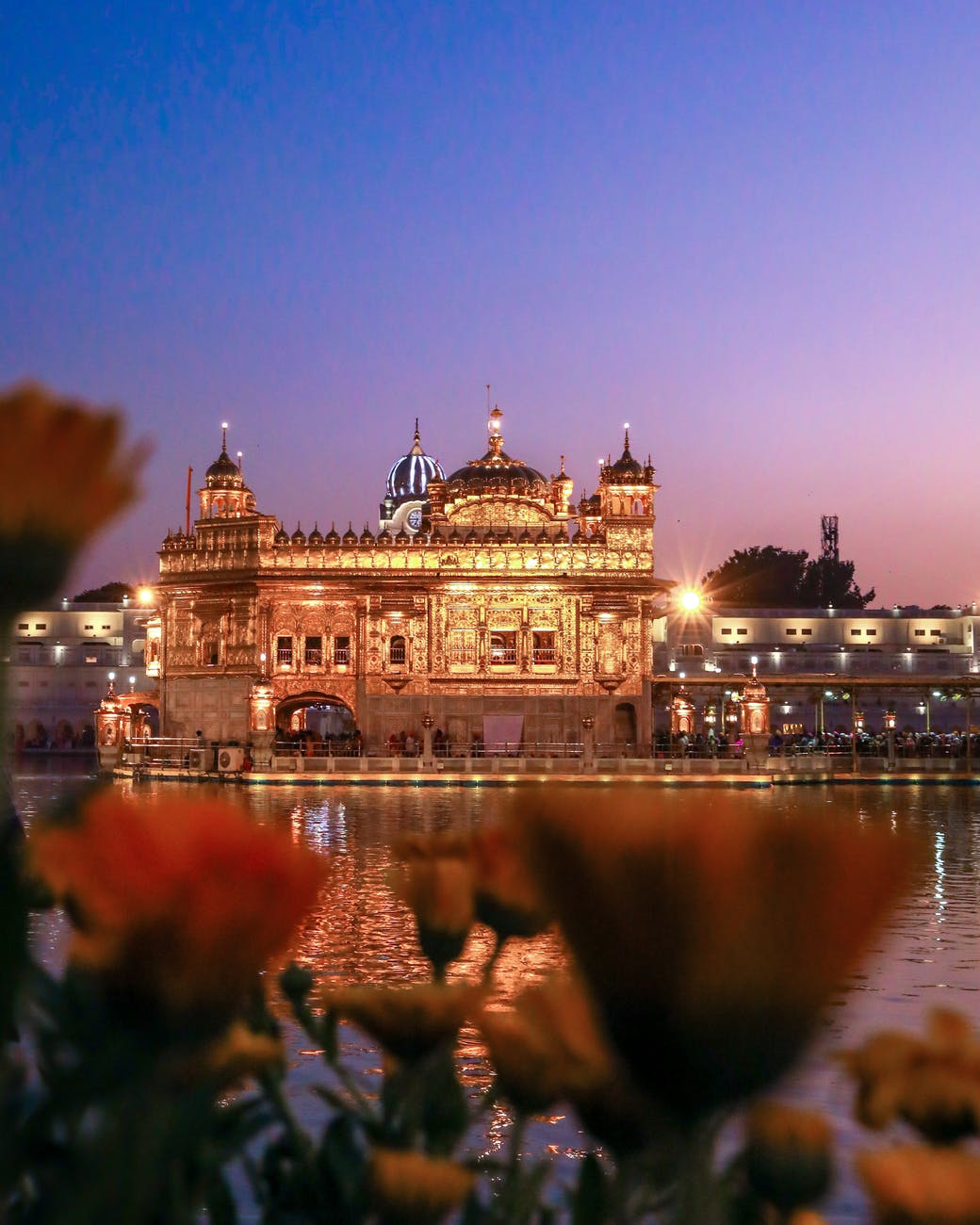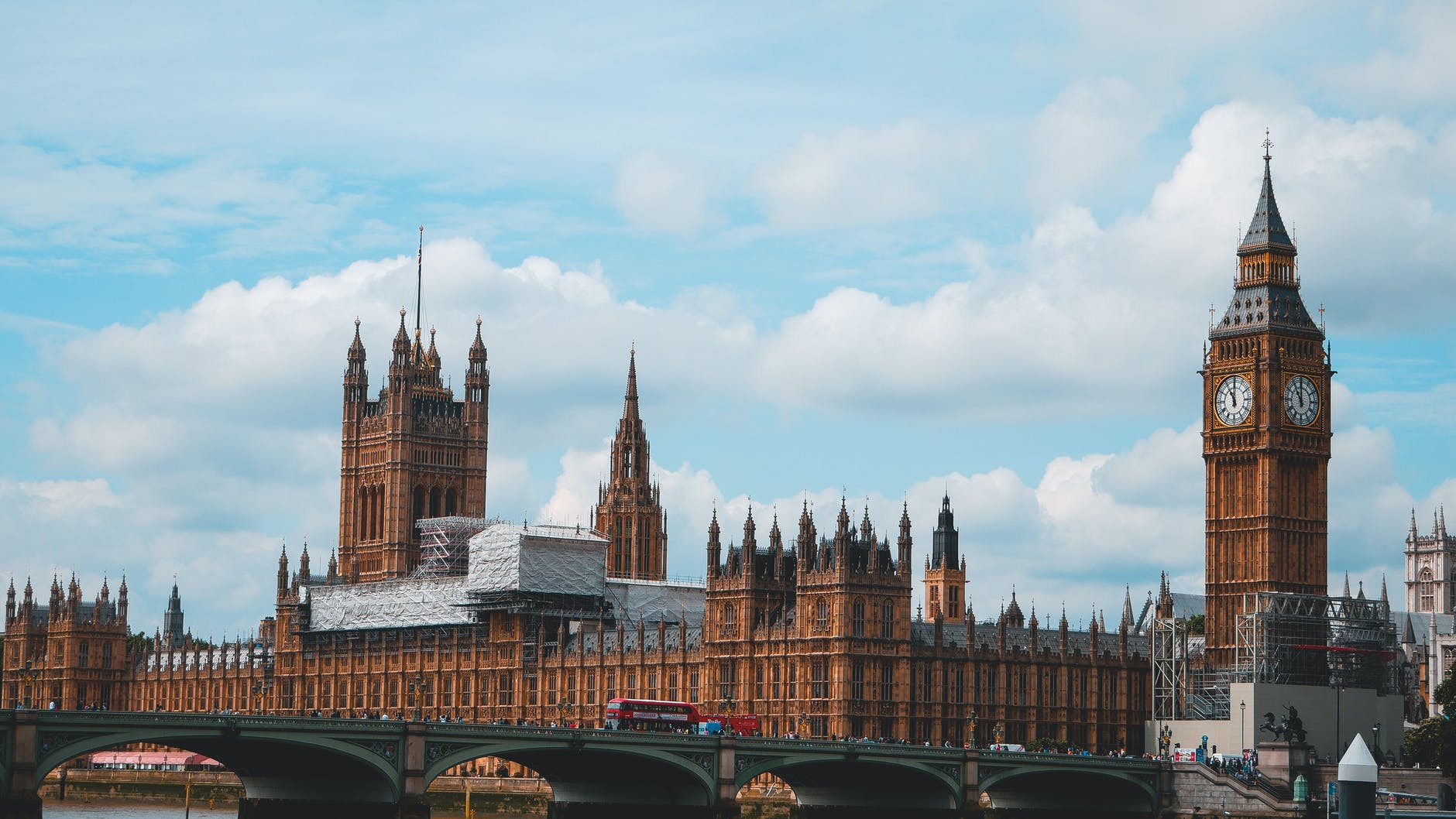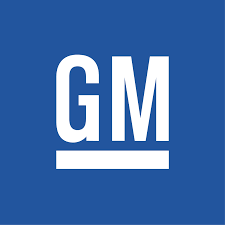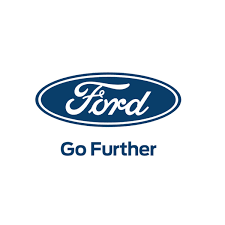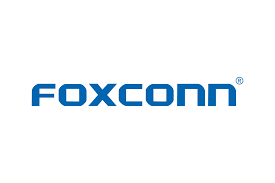A Navy is the part of a country’s armed forces that is trained to operate at sea and it is a branch of a nation’s armed forces. A Country’s Navy recruits, trains, organize and arm up combat-ready maritime forces to win possible naval and amphibious conflicts while maintaining the security in the territorial waters of that country. Every powerful country has its own navy force to defend itself on coastlines. The list will be based on number of ships, aircraft careers, submarines etc. This list is not based on the skills of navy persons or accomplishments of the navy. The ranking is based on how much equipment a navy has and not based on how much capable they are. Aircraft carriers have a full length flight deck, capable of carrying, deploying and even recovering aircraft, thereby merging two arms of the military. This excellent idea has enabled navies with aircraft carriers to position the ship in open waters, which do not fall under the jurisdiction of any sovereign nation, and deploy aircraft without requiring permission, reducing the distance that the aircraft has to travel allowing it to engage in combat longer. This is why the aircraft carrier is undisputedly the crown jewel of a navy fleet. Here are the great Largest 10 Navies in the World.
1.United States Navy
The most powerful navy in the world is United States Navy. The U.S. Navy is the world’s largest in terms of manpower and it also maintains an impressive fleet. It was founded on 13 October 1775. The U.S. Navy operates in nearly every major body of water around the globe: the Pacific, Atlantic and Indian Oceans, as well as the Mediterranean Sea, the Persian Gulf and the Horn of Africa. Navy SEALS are members of a Naval Special Warfare unit that are rigorously trained for unconventional warfare in any setting: on land, in the air, or at sea. As such, “SEAL” stands for “Sea, Air and Land”. The Seabees are members of the United States Naval Construction Forces (NCF). Founded in 1942, the Seabees play an incredibly important role for the U.S. military.
The United States Navy currently has around 336,978 active-duty personnel, 279,471 civilian employees and 101,583 ready reserve personnel. The US Navy has over 490 total ships in its inventory.
The US Navy currently operates around 3900+ manned aircraft of which around 1200 are helicopters. At present, Stealth F-35 Lightning II and F-18 Super Hornet are the main fighter jets of the US Navy. The US Navy currently has 11 nuclear-powered aircraft carriers with 5th generation technology fighter jets and currently 10 helicopter carriers in the Nimitz class or assault ships. In addition to this, the US Navy currently has 66 nuclear-powered submarines, 91 destroyers, 19 corvettes, 13 patrols, 11 mine warfares and 0 frigates.
2. People’s Liberation Army Navy
China recently commissioned its first indigenous aircraft carrier and took another step toward altering the military balance of power. It was formed in September 1950. According to the PLA Daily, the Chinese navy has several hundred troops stationed on mountainous islands in the sea. Combat ships are out in the water for nearly two-thirds of the year. Every day, thousands of naval soldiers and officers go to work on hundreds of ships, and every single one of them is expertly trained to fight, should the need arise. Blue-water training has become a regular practice for the Chinese navy. To enhance the nation’s convoy and combat capability, China has stepped up training away from home. Every year, several hundred navy patrol trips are made to enhance the security of waters under Chinese jurisdiction. Beijing’s early modernization efforts primarily will benefit the People’s Liberation Army Navy and People’s Liberation Army Air Force (PLAAF) over the next five years.
The Chinese Navy at present has around 255,000 active naval personnel and has over 750 naval ships. The Chinese Navy currently has approximately 690+ naval aircraft of which around 200 are helicopters. Su-30 J-10, J-11 and J-15 are the main fighter jets of the Chinese Navy. In addition to this, the Chinese Navy has 2 aircraft carriers, 74 submarines from which 20+ are nuclear-powered, 36 destroyers, 52 frigates, 50 Corvettes. 220 patrols and 29 mine warfares. The construction of new advanced warships is growing rapidly. It is expected that about 5 to 6 guidance missile cruisers of Type 055 destroyer are about to becompleted by this year. People’s Liberation Army Navy quickly arose as one of the world’s powerful maritime forces.
3. Russian Navy
Russian Navy has existed in various forms since 1696. The Russian navy is divided into four fleets: the Baltic, Black Sea, Northern, and Pacific, each with its own fleet air force, plus the Caspian Sea Flotilla. Sea power served to defend Russia’s expansive borders from expeditionary naval powers like Britain or the United States, and to support the Russian Army’s campaigns. The modern Russian Navy retains legacy missions from the Cold War, but has taken on new roles in line with the General Staff’s evolved thinking on nuclear escalation, while adapting to the inexorable march of technological change that shapes military affairs. The Russian Navy has four principal missions: 1) defense of Russian maritime approaches and littorals; 2) executing long-range precision strikes with conventional or non-strategic nuclear weapons; 3) nuclear deterrence by maintaining a survivable second-strike capability at sea aboard Russian nuclear-powered ballistic missile submarines (SSBNs); and 4) naval diplomacy, or what may be considered to be status projection. The naval forces include shore-based troops, naval aviation units, four fleets, and one flotilla. The shore-based forces and naval aviation forces were operationally subordinate to the fleets. Soviet submarines were among the most feared weapons delivery systems in the Soviet arsenal. The Soviet Union produced the world’s largest submarines—29,211-displaced ton, 562-foot-long typhoon class vessels— and the world’s fastest submarines—Alpha class nuclear powered vessels, which attained 40 knots.
The present iteration was formed in January 1992 after the dissolution of the Soviet Union. Russian Navy has approximately 150,000 active naval personnel and over 600 ships. The Russian Navy currently maintains around 360 naval aircraft of which around 120 to 160 are helicopters. Su-27, Su-33, Su-30 and MiG-29 are the main fighter jets of the Russian Navy. At present, it has 1 aircraft carrier, 62 submarines of which around 40 are nuclear power, 16 destroyers, 79 Corvettes, 10 frigates, 41 patrols and 48 mine warfares.
- Indian Navy
Indian Navy is also known by the name of Bharatiya Nau Sena. The headquarters of Navy is located in New Delhi. The Navy works under three commands: Western Command in Mumbai, Eastern Command in Vishakhapatnam and Southern Command in Cochin. All these commands are headed by a Flag Officer Commanding-in-Chief. Naval persons constant serve the nation and sheer dedication are commendable. Ezhimala Naval Academy in Kerala is the largest naval academy in the whole of Asia. The crucial naval bases of Indian Navy are located in Mumbai, Kochi, Visakhapatnam, Goa, Chennai, Pune, Coimbatore, Chilka and Port Blair. Indian Navy was the first navy in the world to send a submariner to an expedition to Mt. Everest. The expedition was led by Lt. Cdr. M.S. Kohli in 1965. The most powerful navy in the world is India Navy. The Indian Navy pursues its origins back to the East India Company’s Marine which was founded in 1612. When India became a republic in 1950, it was named the Indian Navy.
The Indian Navy currently has around 70,000 active naval personnel and around 285 ships. Now coming to the size of naval aircraft the Indian Navy has approximately 250 aircraft of which around 100 are helicopters. Currently, MiG-29 and HAL Tejas are the main fighter jets of the Indian navy. It has 1 aircraft carrier, 10 destroyers, 16 submarines of which 3 are nuclear-powered, 19 corvettes, 13 frigates, 139 patrols and only 3 mine warfares.
- Japan Maritime Self-Defense Force
As the balance of power in Asia swings towards China, Japan is building one of the most modern and powerful naval forces in the world. Japan Maritime Self-Defense Force can be named as Japanese Navy in short. It was founded on 1 July 1954; 65 years ago. The maritime cooperation has significantly increased between the two sides with focus on information sharing and Maritime Domain Awareness (MDA) in the Indian Ocean Region (IOR) and Indo-Pacific.
As far as the Japan Maritime Self-Defense Force (JMSDF) is concerned, the white paper identifies three key points:
The JMSDF will maintain reinforced destroyer units including a new type of destroyers (FFM), minesweeper units, and embarked patrol helicopter units, and will organize surface units. The JMSDF will establish patrol ship units to enable enhanced steady-state ISR in the waters around Japan.
In order to conduct underwater ISR, and to engage in patrols and defense in the waters around Japan, the JMSDF will maintain reinforced submarine units.
In order to conduct wide-area airborne ISR, and to effectively engage in patrols and defense in the waters around Japan, the JMSDF will maintain fixed-wing patrol aircraft units.
Japanese Navy has 50,800 active naval personnel and around 155 ships. The Japanese Navy is one of the largest navies in the world. It currently has around 345 naval aircraft of which around 145 are helicopters. F-35 Lightning II is going to be the main fighter jets of the Japanese Navy in the future. At present, it has 4 helicopter carriers, 40 destroyers, 20 submarines, 0 frigates, 6 Corvettes, 6 patrols and 25 mine warfares.
- French Navy
The French Navy is one of the world’s oldest naval forces and was founded in 1624. On 10November 2020, the multi-mission frigate Bretagne successfully carried out a naval cruise missile (MdCN) firing drill. Training its crews in an operational situation allows the Navy to be ready to intervene in a combat situation. The MdCN allows the Marine Nationale to conduct land attack operations from the open sea and from the depths of the sea using multi-mission frigates and Suffren-class submarines. Bretagne is the fifth of six anti-submarine warfare FREMM frigates ordered for the French Navy. Built at Naval Group shipyard in Lorient, Bretagne was launched in September 2016 and was delivered to the French Navy on July 18 2018.
The French Navy has around 36,000 active naval personnel and 2800 civilians (2014). The French Navy has nearly 180 ships. Currently, besides the US Navy, the French Navy is the only navy to operating nuclear-powered aircraft carrier.
The French Navy currently operates around 178 aircraft of which 70+ are helicopters. Dassault Rafal is the main fighter jet of the French Navy. At the moment it has 1 nuclear-powered aircraft carrier, 3 helicopter carriers, 11 destroyers, 9 nuclear-powered submarines, 11 frigates, 17 patrols, 17 mine warfares and 0 corvettes.
- Royal Navy
Royal Navy, naval military organization of the United Kingdom, charged with the national defense at sea, protection of shipping, and fulfillment of international military agreements. The Royal Navy was the first branch of the British armed forces created and thus known as the “Senior Service”. It has distinguished itself amongst its contemporaries across the globe, winning battles across the high seas and turning its sailors into national heroes. Organized sea power was first used in England by Alfred the Great of Wessex, who launched ships to repel a Viking invasion. Naval activity continued to be local, defensive, and temporary until the 13th century, when Normandy was lost to France and trade was extended to Spain and Portugal. Ships were then used to transport soldiers to battles on land. After World War II the Royal Navy was second in size only to the U.S. Navy and continued to be a world leader in maritime, and especially antisubmarine, operations.
Royal Navy which is own by the United Kingdom. It was founded in 1546; 474 years ago. The Royal Navy currently has around 33,280 Regular active personnel, 3,040 Maritime Reserve and 7,960 Royal Fleet Reserve. The Royal Navy has currently 80 commissioned ships. It operates around aircraft of which around 80 are helicopters. The F-35 Lightning II is the main fighter jets of the Royal Navy. At present, the Royal Navy has 2 aircraft carriers, 6 destroyers, 10 nuclear-powered submarines, 13 frigates, 22 patrols and 13 mine warfares. It doesn’t have any corvette in its fleet.
- Republic of Korea Navy
The ROK Navy is the oldest branch of the South Korean armed forces, and celebrated its 65th anniversary in 2010. Since the Korean War, the ROK Navy concentrated its efforts to build naval forces to counteract the North Korean navy, which has littoral naval capabilities. As South Korea’s economy grew, the ROK Navy was able to build larger and better equipped fleets to deter aggression, to protect national maritime rights and to support the nation’s foreign policies. The mission of the navy during peacetime is not only to deter war, but also to protect national and maritime sovereignty, and perform activities that support national foreign policies and enhance national prestige. Its mission during war is to guarantee the safety of activities at sea by protecting the sea lines of communications (SLOCs), the life line of the country, and exercising control over the sea. At the same time, it must prevent enemy activities at sea, and carry out surprise amphibious operations against the enemy’s side and rear areas.
Powerful navy in the world is the Republic of Korea Navy also known as South Korea Navy and not the North Korean Navy. It was founded on November 11, 1945; 74 years ago. The South Korean navy currently has approximately 70,000 active naval personnel including 29,000 marines. The Republic of Korea Navy has around 234 ships. The South Korean navy currently operates around 70 naval aircraft of which 46 are helicopters. In the future F-35 Lightning II is going to be the main fighter jets of the South Korean navy. It currently has 2 helicopter carriers, 12 destroyers, 22 submarines, 18 frigates, 12 corvettes, 111 patrol boats and 11 mine warfares.
- Italian Navy
It is one of the four branches of Italian Armed Forces and it was formed in 1946 from what remained of the Regia Marina after World War II. The Italian Navy is a key player in international and national operations aimed at ensuring a global maritime security and providing emergency response. At international level, the ITN supports Dialogue and Cooperation conducting multinational joint operations under the aegis of UN, NATO, EU and on the basis of bilateral agreements. At home, ITN is engaged in large scale missions ranging from the safeguard of the underwater archaeological heritage, protection of marine environment to humanitarian assistance in case of disaster relief operations and evacuation of fellow citizens from areas at risk. The interagency operations are conducted on the basis of agreements with the Ministry for the Cultural Heritage, the Ministry of Environment, the Department of Civil Protection and the Ministry of Foreign Affairs.
The Italian Navy currently has around 31,000 naval personnel and has around 250 ships. Italian Navy is one of the largest naval forces in Europe.
The Italian Navy currently operates around 100+ aircraft of which around 78 are helicopters. F-35 Lightning II is the main fighter jets of the Italian Navy. At present, the Italian Navy currently operates 2 aircraft carriers, 4 destroyers, 8 submarines, 12 frigates, 16 patrols and 10 mine warfares. It doesn’t have any corvettes.
- Turkish Naval Force
It was established as the Directorate of Naval Affairs during the Turkish War of Independence. The service has been officially known as the Turkish Naval Forces since July 1949. The Turkish Naval Forces or Turkish Navy is the naval warfare service branch of the Turkish Armed Forces. It is one of the most powerful navy in the world is the Turkish Naval Force. In the 21st century, the modernization of Turkey’s Navy has become a focus of the country’s defense industry. A key element of this effort has been the MILGEM or National Ship program, under which the nation has produced frigates and corvettes equipped with advanced electronics and weapons systems. As part of the program, shipbuilders such as Yonca-Onuk, Ares, Dearsan and RMK Marine also produce patrol boats, which are a main element of Turkey’s export capability. The design diversity shows Turkey’s determination to design, develop and produce all kinds of modern and highly capable warships.” The country has exported more than 130 military ships to nations that include Malaysia, Georgia, Egypt, Indonesia, Qatar and Turkmenistan. “The MİLGEM project has been developed to perform reconnaissance and surveillance, target detection, identification and recognition, early warning missions and base and port defense, anti-submarine warfare, surface warfare, amphibious operations and patrol duties for Turkish Naval Forces.”
The Turkish Naval Force currently has around 48,600 active naval personnel and operates around 150 ships. It currently operates around 51 naval aircraft of which around 37 are helicopters. The Turkish Naval Force doesn’t have any aircraft carrier or destroyer. At present, the Turkish Naval Force has 12 submarines, 16 frigates, 10 corvettes, 35 patrols and 11 mine warfares.

